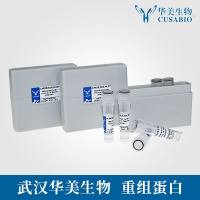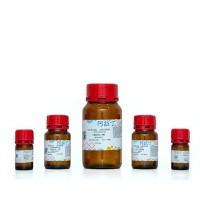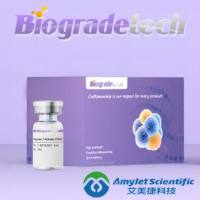Intracellular pH and pCa Measurement
互联网
584
Recent improvements in confocal technology permit the use of a confocal microscope as an effective tool to both measure concentration and visualize distribution of several ions. Effective discrimination against out-of-focus information in the confocal microscope permits for mapping of ion distribution at the subcellular level (1 ). To generate such a map with any degree of accuracy it is necessary to compensate for inherent cellular inhomogeneities in optical path, probe distribution, etc. To do so ratiometric measurements are usually employed (2 ,3 ). Fluorescence ratiometry takes advantage of a differential spectral sensitivity of a ratio probe to the measured parameter (e.g., ion concentration). Whereas fluorescent properties of the ratio probe at one wavelength are parameter sensitive in one manner, the emission (or excitation) of the probe at a distinct, well-separated wavelength must be either parameter insensitive, inversely sensitive, or exhibit a different sensitivity profile. Emission intensities for the two wavelengths are then divided by each other and thus the resulting ratio becomes normalized for inhomogeneities in probe distribution and concentration and in the system geometry. To obtain meaningful data the ratio values must be calibrated against a standard, which usually is a graded change in the parameter. Modern day confocal microscopy depends on lasers as light sources which causes a severe limitation in number of wavelengths available for fluorochrome excitation. Several H+ -sensitive fluorochromes are excited at wavelengths close to those emitted by standard lasers, however, this is not the case with Ca2+ -sensitive fluorochromes (4 ).







